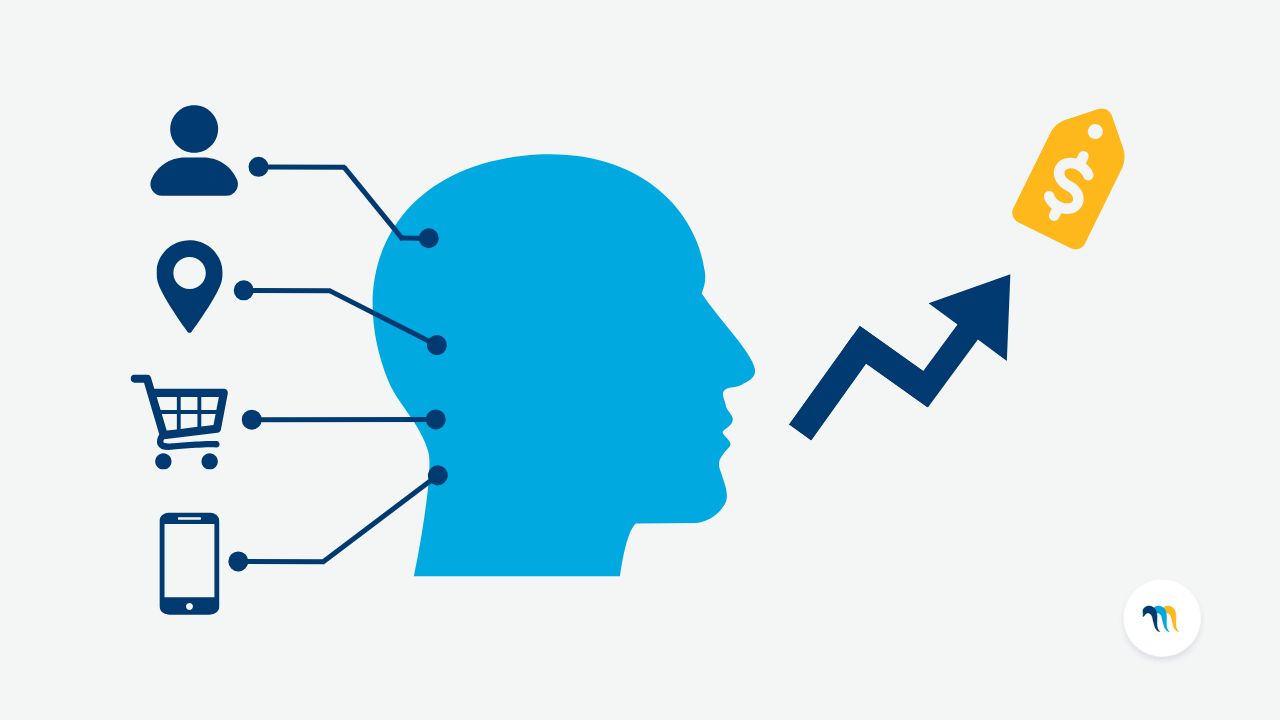

Price leadership is achieved when a company has sufficient influence in the market to set prices for various products. When this occurs, other companies in the sector must match the price set by the company, or come close to it, to remain competitive. E-commerce businesses can position themselves as price leader following an extended period of growth, or choose price leadership as a pricing strategy for the market. We explain what this strategy involves and the pros and cons.
Certain conditions favour companies positioning themselves as market leaders. For example, the sector may include only a few companies with a large market share, as with airlines or phone companies. It may also be hard to enter the market due to high costs, government restrictions, or licensing requirements. Price leadership is also achievable in markets where products for sale are very similar and demand is inelastic. Therefore, users are not affected as much by a price change.
3 types of price leadership
Barometric price leadership model
In this model, a company becomes a price leader through their ability to predict changes in the market. Using predictive analysis, a company stays one step ahead of potential changes in supply and demand, adjusting their prices, and the other companies in the sector follow suit. However, due to the sheer number of changes in the online market, companies’ price leadership tends to be short-lived.
Collusive price leadership model
In this model, companies with large market shares agree to set very similar prices. Therefore, smaller e-commerce businesses have no choice but to follow in the footsteps of larger corporations. The main risk of this type of price leadership is that it can fall foul of regulations set by competition agencies.
Dominant price leadership model
To introduce this model or partial monopoly, one company must control the majority of the market, while the rest of the market consists of smaller companies. The company with the best infrastructure and highest sales capacity sets the prices at which the other brands will sell their products or services, to achieve and maintain a competitive position. For small brands and start-up retailers, entering this type of market is risky as the large company can deliberately set very low prices to force other companies to leave the market.

Pros and cons of price leadership
Market adaptation to a situation where a leader sets prices can cause:
- Greater instability for small businesses if they follow the leader.
- Lower risk of price wars.
- Greater consumer satisfaction due to widespread lower prices.
Cons:
- Changing prices based on competitors can reduce profits for smaller companies.
- Competition may be reduced, increasing the risk of creating a monopoly.
All price leadership models share the fact that it is vital to know competitors’ prices at all times. It is not enough to carry out an analysis from time to time. To be price leader or improve competitivity in this type of market, you must be aware of other companies’ price variations and design your pricing strategy. Using a pricing tool to monitor all your competitors automatically and identify optimal prices is crucial. This will help increase your competitiveness.
Find out how Minderest can take your business to the next level.
Contact our pricing experts to see the platform in action.
Related Articles

AI Agents and Holiday Season: How to Adapt Your Pricing Strategy
Holiday season planning used to revolve around creative campaigns, emotional storytelling, and optimizing the user experience. However, a silent revolution is changing the rules of the game. The rise...
How Surveillance Pricing Works and Its Applications for Your Business
The term "Surveillance Pricing" might conjure images of corporate espionage and price manipulation. However, this initial perception hides one of the most sophisticated and powerful strategies in...